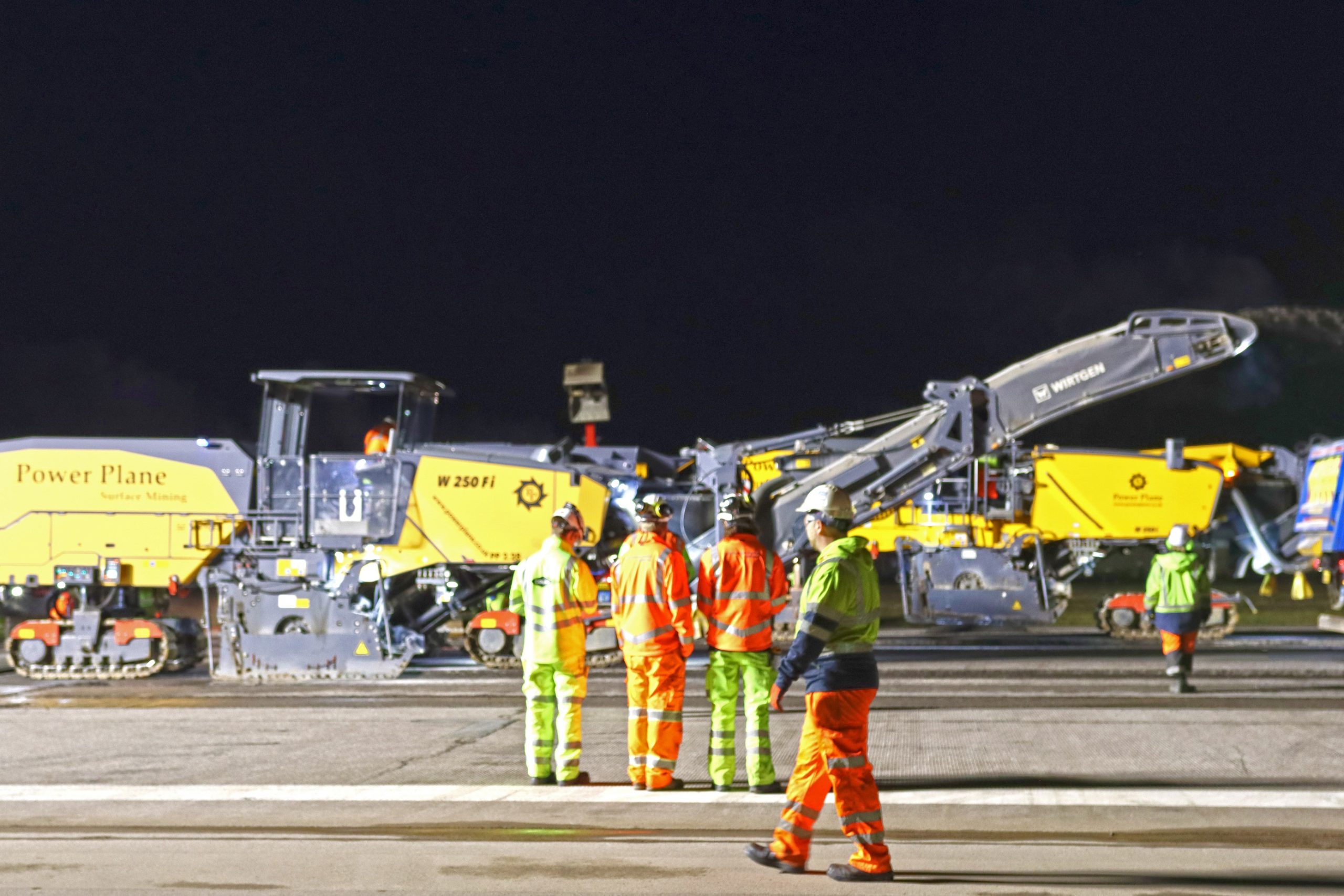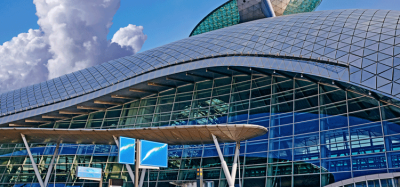London Gatwick rewrites the runway resurfacing rule book
Posted: 5 October 2022 | International Airport Review | No comments yet
London Gatwick Airport has finalised an innovative plan to resurface its main runway in half the time, half the cost, and with decreased environmental impact.
London Gatwick Airport (LGW), part of VINCI Airport’s network, has just completed (September 2022) an innovative plan to resurface its main runway in half the time and for half the cost – while saving significant amounts of embodied carbon by using 70 per cent less asphalt – compared to traditional resurfacing methods.
The airport’s original plan to resurface its main runway in 2020 was halted by the pandemic. COVID-19 however was a catalyst that saw London Gatwick Airport draw up new plans that have just delivered a much more sustainable solution for the minimum practical budget.
The rethink saw the airport break from traditional methods by resurfacing only the most ‘trafficked’ parts of its main runway – where aircraft land and exit – as other sections were shown to still have seven to 10 years of expected life.
Join us live: Shaping the Next Generation of Hold Baggage and Air Cargo Screening
Join us live for an insightful webinar on 11th December at 14:00 GMT, in collaboration with Smiths Detection, as we explore the strategic balance of operational efficiency, regulatory compliance, and sustainability in high-volume security environments.
This session offers a focused look into future-proofing your security strategy.
Key learning points
- Cost Reduction: Strategies to minimize bag travel time while simultaneously reducing operational costs.
- Regulatory Roadmap: Insights into the next wave of regulatory changes and their impact on future investment decisions.
- Sustainable Systems: Practical approaches to building sustainability into security systems and lowering the total cost of ownership (TCO).
- Scalable Solutions: Real-world examples of scalable systems supporting current airport growth and preparing for tomorrow.
Register now for expert insights, case studies, and actionable strategies on operational efficiency!
Again, shifting from traditional approaches – where sections of the old runway surface is replaced with two layers, laid over two nights – a resurfacing technique was developed that saw both layers laid in a single night – saving time.
Combined, this new approach saw 40,000 tonnes of asphalt laid – 100,000 tonnes less than normally used when resurfacing the airport’s main runway. This meant the project could complete in just six months – half the normal time – and for 50 per cent less cost than normal.
The reduction in asphalt allowed a significant saving of embodied carbon, which is the CO2 emissions associated with materials and construction throughout the lifecycle of the infrastructure – consistent with VINCI Airport’s environmental commitment.
All of the old asphalt material was recycled as aggregate in road construction, and a temporary on-site asphalt batching plant reduced lorry travel distance and emissions.
Alasdair Scobie, Capital Delivery Director, London Gatwick Airport commented: “The pandemic gave us the time and reason to rethink our original design. We think we have achieved the best balance possible between cost, operational constraints and durability, whilst reducing the overall environmental impact of construction. The cost savings can now also be reinvested in improvements across other parts of the airport. “


Credit: Gatwick Airport
Fact file
- London Gatwick airport’s main runway is 3337m-long, 44m wide, surface area 280,000m2 (1430 tennis courts) and is the busiest runway in the world with a current throughput of 55 movements per hour
- The main runway was built in stages from 1950’s
- This is the runway’s fifth rehabilitation of its lifetime
- The work was implemented during night shifts between 2130-0530.
Join our free webinar: Revolutionising India’s travel experience through the Digi Yatra biometric programme.
Air travel is booming, and airports worldwide need to move passengers faster and more efficiently. Join the Digi Yatra Foundation and IDEMIA to discover how this groundbreaking initiative has already enabled over 60 million seamless domestic journeys using biometric identity management.
Date: 16 Dec | Time: 09:00 GMT
rEGISTER NOW TO SECURE YOUR SPOT
Can’t attend live? No worries – register to receive the recording post-event.
Related topics
Airport construction and design, Airport development, Airside operations, COVID-19, Emissions, Runways and pavements, Sustainability


















